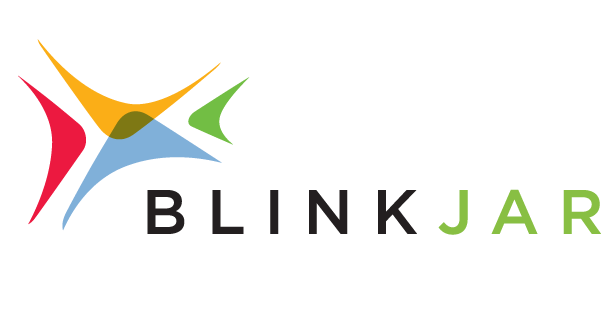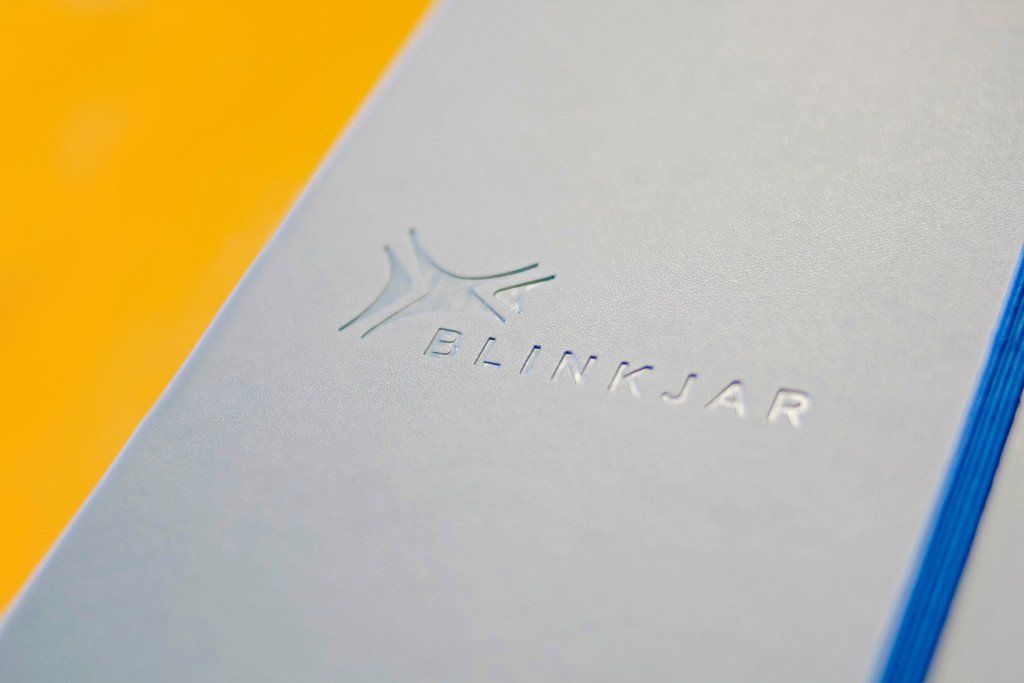The Power of Word-of-Mouth Advertising: Unveiling the Ultimate Marketing Strategy
Hey everyone, Rikki here from BlinkJar. Nearly every client I speak with says that word of mouth is their top way of getting business. And honestly, I'd be shocked if it wasn't! It makes sense. Happy customers naturally tell their friends and family about their great experiences. It's what HubSpot refers to as the "delight stage" of the marketing flywheel.
Word of mouth and marketing should work together seamlessly, as their combination is compelling for business growth. Integrating these strategies enhances their effectiveness and boosts your business far more than when they operate separately.
Word of Mouth Impact: Size Doesn't Matter
Let me share our experience with a client in the home improvement industry who initially set their sights on larger landscaping projects. They quickly realized that these big projects required a lot of effort and often didn't pan out, leaving them with nothing to show for their hard work.

On the other hand, smaller mowing jobs were a different story. These jobs might have looked less prestigious, but they were much easier to get, and they brought in a steady flow of clients. The real value of these smaller jobs was that every satisfied customer could become a champion of their business, promoting their services to new customers.
Despite some initial hesitation to prioritize these less glamorous jobs, it became apparent that they were an untapped goldmine. Strategically, weighing the benefits is essential: should you chase after the big, hard-to-get projects or go after the more accessible, smaller jobs? These easier jobs secure quicker sales and lead to happier customers. And happy customers are crucial—they don't just enjoy your services; they're likely to spread the word to others. So, sometimes, what seems like a small win can be the wiser, more strategic choice, setting the stage for broader success and advocacy.
Exploring the Similarities Between Word of Mouth and Pass-Along Rates
Let's explore the concept of the pass-along rate, something I'm familiar with from my time in print media. Typically, we assumed that 2.5 people would see each copy of our publication. So, if we distributed 10,000 copies, we'd reach an audience of 25,000. This idea applies to marketing as well. Imagine you make one sale: the message from that sale could reach 2.5 people. This concept raises an interesting question: is it better to land one big deal, potentially influencing 2.5 people, or to secure ten smaller deals and reach 25? This comparison highlights the power of broader reach through smaller, more frequent interactions, similar to how word of mouth spreads.
Maximizing Word-of-Mouth Through Every Marketing Project
At BlinkJar, we recognize that every project, no matter its size, is crucial in spreading the word about our work. Whether the task is a small graphic design job or a complex inbound marketing campaign, each project is an opportunity to showcase our expertise and foster word-of-mouth recommendations. This approach ensures that every client engagement contributes to our reputation, driving awareness and attracting new business.








